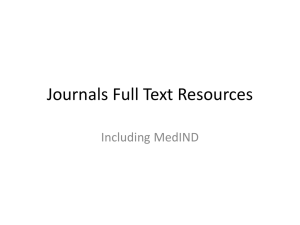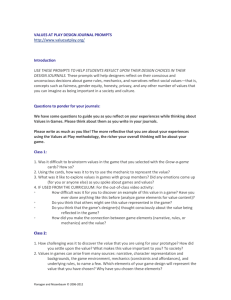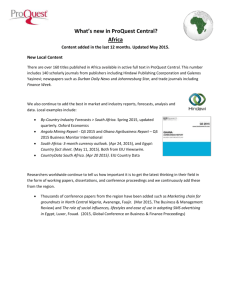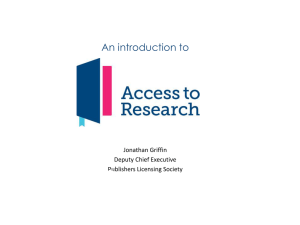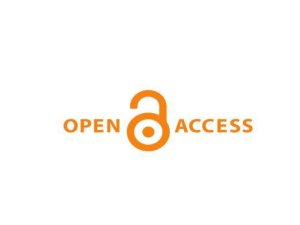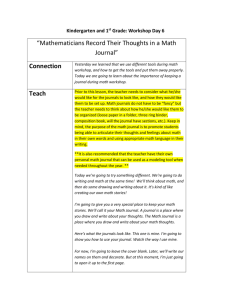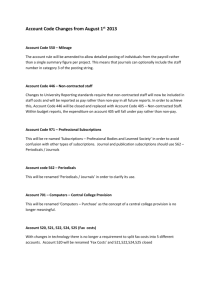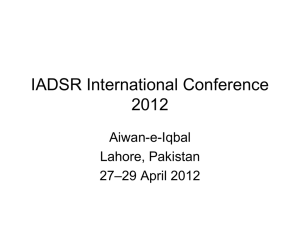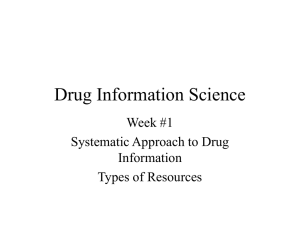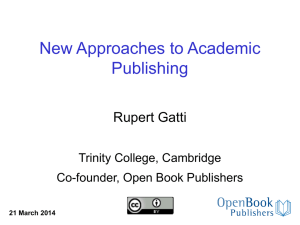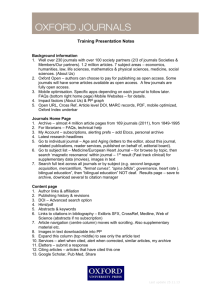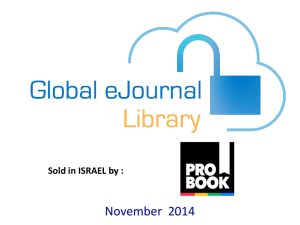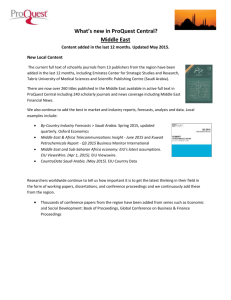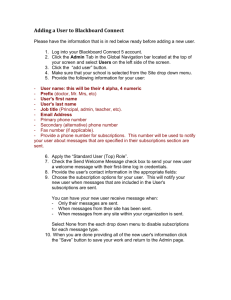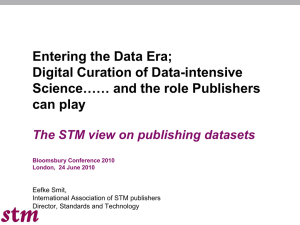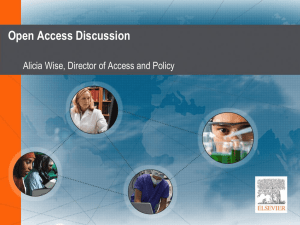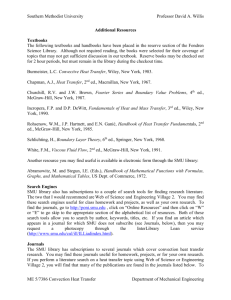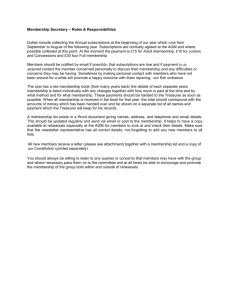evaluation-quality
advertisement
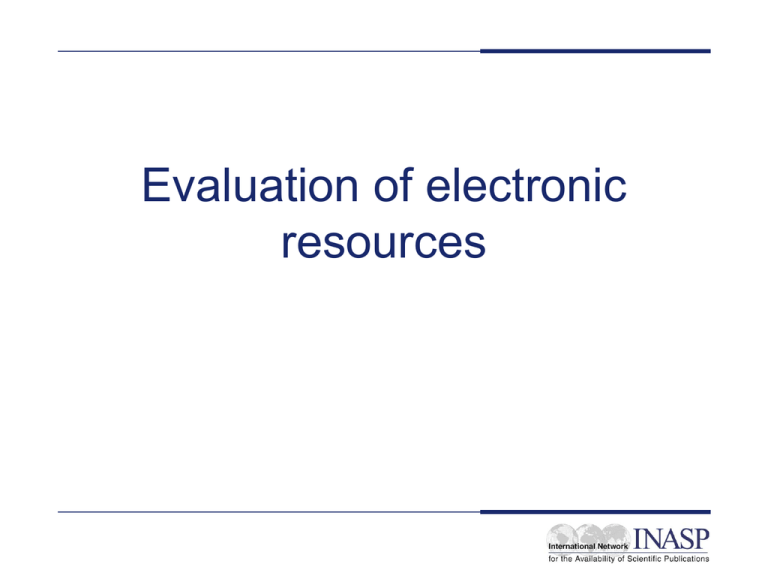
Evaluation of electronic resources Review of Internet quality issues • Nearly anyone can publish information on the Internet so – academic journals sit next to comics – presidential speeches, next to idle gossip • Need to think twice about online information Internet quality issues cont... • Internet resources are volatile – can be here today, gone tomorrow – might be useful one day and useless the next • Resources are not always user-friendly – bad design can prohibit access – usability will vary Practical steps that can be taken to evaluate quality on the Internet • • • • Be clear about your purpose Define your information needs Know your orientation within an Internet site Use URLs as clues to quality – ‘.ac’ indicates an academic web site • Identifying the type of resource you are looking at Quality criteria that can be used to evaluate an Internet resource, including criteria for • • • Content - the information itself Form - the format of the resource Process - the systems that support the integrity of the resource over time Content criteria • • • • • • • Validity – is it reliable? Accuracy – is it accurate? Authority and reputation of the source Uniqueness – is it original? Completeness – is any info missing? Coverage – what depth does it go into? Timeliness – is it up-to-date? Form criteria • Navigation Features – The ease with which users can orientate themselves within a resource and find their way around it. • User Support – The support that is offered to users to help them answer queries and problems that arise whilst using the resource. • Appropriate Technologies Process criteria • Information Integrity – Value of the information content over time—usually relates to the work of the author or creator. • Site Integrity – Stability of the site over time. This usually relates to the work of the site manager or Webmaster. • System Integrity – Stability and accessibility of the server hosting the resource over time. This usually refers to the work of system administrators. Internet quality issues and traditional content quality Traditional quality criteria • Evaluation of print materials – Accuracy – Authority – Objectivity – Currency – Coverage – Demand – Cost: value and budget Electronic information resources • When looking at formal electronic publications, then quality issues are often easier due to – established publishers – established reputations • But additional quality issues arise, particularly related to the appropriateness of information and the selection criteria Electronic resources and quality • Subscriptions to electronic journals may significantly increase access to information – Bundling of titles = common practise • Information management issues – Is it appropriate information? – Is it high quality? – What should be avoided? Formal publication quality issues • Even amongst established publishers standards can vary • Appropriateness of information – A big influence on quality issues – How useful is access to 4000 full text journals that are inappropriate in terms of content? • Publisher’s motives behind bundling – Remember that they have motives that might not match librarians needs! Questions which are worth considering include • How can the most effective and appropriate information be identified and promoted? – using resources that are familiar – identifying new resources that are now available • How can appropriate new and unfamiliar resources be promoted and their use encouraged? Summary • Quality and evaluation is important when dealing with electronic resources • Some materials will have known quality (e.g. online versions of paper subscriptions) • Other, new resources will need to be assessed and evaluated against quality criteria • Remember your existing librarian information evaluation and quality control skills • New, high quality resources are still likely to require promotion and users encouraged to explore them Thank you Any questions?


